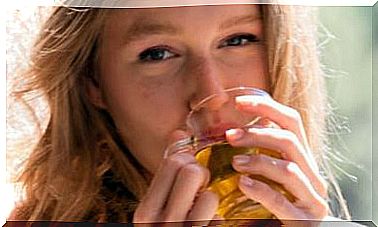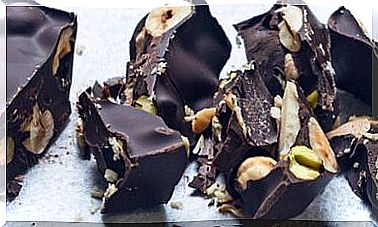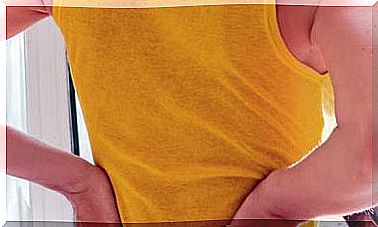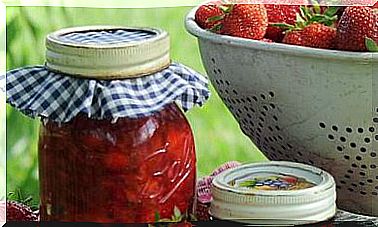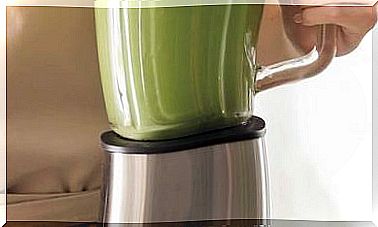Quorn, A Shadow Non-animal Protein
Very popular in other countries and difficult to find in Spain, this non-animal protein has a nutritional profile that is worth exploring.
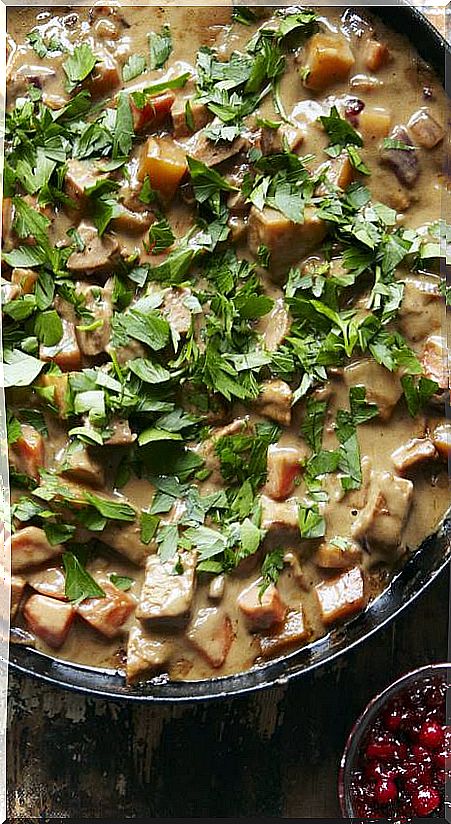
The Quorn is a very popular product in countries like the United States, France and Germany, and especially in the UK, where it was discovered in 1960 and was approved for human consumption in the 84, however in Spain is not well known.
I remember that until a few years ago, in Mallorca it was only found in supermarkets with English products, in those areas of the island that the locals try not to step on.
Today it is still not too popular in our country, but it is already possible to buy it in large herbalists, and they also have it in some restaurants. And the truth is that it is a shame that it is not more standardized, because it is a very interesting product, let’s get to know it a little better:
What is the Quorn?
Quorn is made with mycoprotein, a type of protein that is obtained from a fungus, Fusarium venenatum , which is grown in tanks or barrels, where it ferments, and thanks to a somewhat complicated technological process to explain, what is obtained is obtained. we know it as Quorn or mycoprotein preparation.
Nutritional profile
Mycoprotein has a very interesting nutritional profile:
- It is rich in protein, with 11.5g per 100g.
- And low in carbohydrates (less than 2g per 100g) and fat.
- It also has an interesting fiber intake, 6g per 100g.
- All this in 86 kcal. What makes it an interesting product for low carbohydrate diets, for example.
In addition, Quorn protein is a complete protein, that is, it contains all the essential amino acids in adequate amounts, and it has very good digestibility.
Its PDCAAS, a method that evaluates the quality of the protein and its digestibility, is 0’99, the maximum being 1. And being 0.92 that of veal. I mean, it is practically a perfect protein.
We also know that it has a high satiating power, above that of chicken, according to a 2005 study from the University of Louisiana. This property could be interesting in nutritional weight loss guidelines, as the same authors point out.
Is Quorn vegan?
At first, the Quorn was not vegan since it had egg white, but since 2010, there are several vegan preparations of Quorn, which are usually found anywhere that sells the product. You have to pay attention to the fact that it shows the word “vegan” on the package to be able to distinguish the preparations free of any product of animal origin from those that contain eggs or even some dairy derivatives.
How to choose healthy products that contain it
When choosing a Quorn product, the best option will always be the one with the least possible additions, as we have commented in other articles referring to tofu, for example, where a tofu sausage with 15% tofu is not a good product.
That is why it is better to discard all those versions such as nuggets, hamburgers or sausages and prefer the “mince” (it looks like minced meat) or the “pieces” (pieces without more).
Within the wide range of Quorn products, we have from those that are 88% mycoprotein ( vegan fillets ), to those that only have 53%, the rest being flours, fats and others ( vegan nuggets ) or a miserable 12% In vegan fishless fingers , obviously the last two are not a healthy option but are one more ultra-processed that we should not consume, or at least not frequently.
The vegan pieces if they contain 89% Mycoprotein and would be the best choice in the assortment vegan, while mince or pieces, with 92% and 95% Mycoprotein respectively, be it from the general assortment, but are not vegan because It has egg white.
Not all products are suitable for celiacs, again the labeling must be checked since many have wheat flour.
In summary, although the mycoprotein as we have seen has a very interesting nutritional profile, the products that are prepared with it not so much. In fact, they are almost all a mess from a nutritional point of view, removing the simpler ones that carry a percentage of mycoprotein higher than 80%, the rest being potato starch, some starch, binders and spices.
That is, as always, when buying a Quorn product, you have to look carefully at the labels and not stay with the first one you see. As far as I know, the 100% mycoprotein is not marketed without more, which would undoubtedly be the most interesting option nutritionally speaking.
Sustainable for the environment
Its carbon footprint is much lower than that of animal protein production (90% lower than that of beef, no less), and it consumes much less water resources, and of course soil, since it is produced in barrels or tanks, making it a sustainable and environmentally friendly option. Apparently it is an alternative to be promoted for the future as it is an effective source of quality protein with a low cost of natural resources.
Probably also in Spain we will soon begin to see much more Quorn products, or mycoprotein-based products from other brands, in many more points of sale than we see them right now.
Meat substitutes did not seem to be very successful in a market like ours, but it is clear that things are changing. Not in vain is a Spanish product, Heura, the meat substitute made from soy, which has revolutionized the market and even haute cuisine in the last year. Today it is even served at Celler de Can Roca, a world-renowned three-star Michelin.
They are no longer meat substitutes, as Marc Coloma, CEO of Heura, says, they are their successors.


